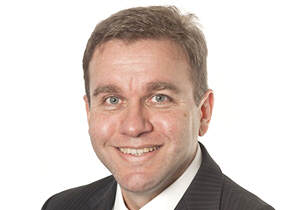The Dubai Electricity and Water Authority (DEWA) signed Memorandums of Understanding (MoU) with three start-ups companies to work with them in the 4th Dubai Future Accelerators Programme
Technology
UAE-based Yahsat?s Al Yah 3 satellite successfully completes in-orbit testing

Al Yah 3 focuses on helping to empower millions of people across the Middle East, Africa, South West Asia and Brazil to access affordable internet access via Yahsat?s high-speed satellite broadband service, YahClick. (Image source: Yahsat)
The UAE-based global satellite operator Yahsat?s third satellite Al Yah 3, located at 20?W, has successfully completed its in-orbit testing and is ready to support the launch of commercial services
Interxion opens second data centre in France to deliver much-needed services to Middle East and Africa
As Middle East countries seek to diversify from oil revenues, Europe?s leading provider of carrier and cloud-neutral collocation data centre services Interxion sees an increasingly attractive environment for telecoms and media industries in the region
Telecom Egypt gets US$200mn financing facility for marine cable and working capital

Telecom Egypt will use the facility for an undersea cable and working capital. (Image source: Afreximbank)
Telecom Egypt secured a US$200mn financing facility with the African Export-Import Bank (Afreximbank), which it will use to buy a cross-border marine cable and boost internet services in the country
Etisalat launches first commercial 5G network for MENA

Etisalat will roll out 5G wireless services to customers in select locations in the UAE starting September. (Image source: Almas Baig/Flickr)
Telecom company Etisalat has launched its first commercial 5G wireless network in the UAE, the first by any operator in the Middle East and North Africa (MENA) region







